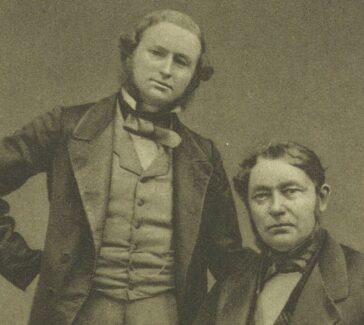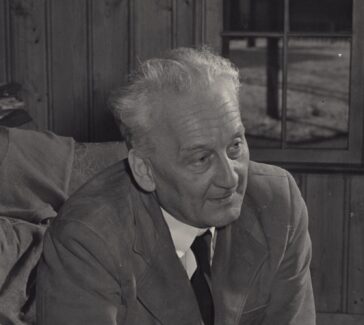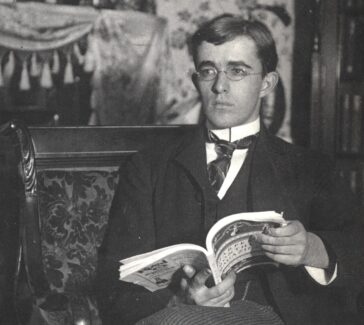Ray W. Fuller, David T. Wong, and Bryan B. Molloy
Three pharmaceutical researchers working at Eli Lilly in the 1980s changed the treatment of depression with their invention of Prozac.
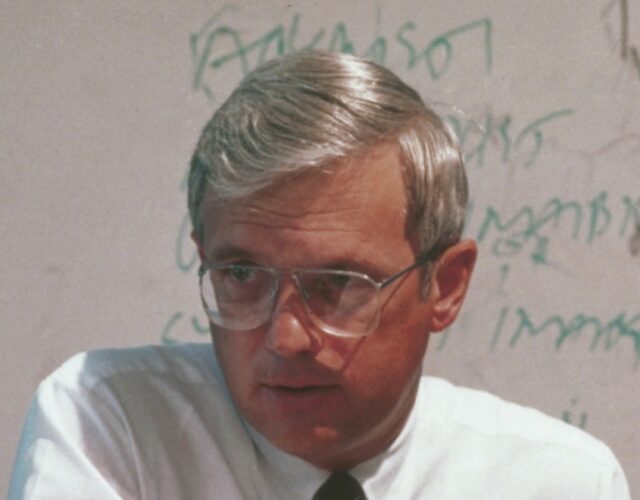
In 1988 the pharmaceutical firm Eli Lilly and Company introduced Prozac (fluoxetine), a new type of antidepressant that was safer and more effective than those of previous eras. The development of this groundbreaking drug was undertaken by three Eli Lilly researchers: Ray Fuller, David Wong, and Bryan Molloy.
Prozac and similar drugs have proven effective for many of the estimated 15 million people in the United States suffering from depression. Although questions were raised early on about certain side effects and its true level of efficacy, Prozac quickly became one of the most prescribed antidepressants, with Eli Lilly’s worldwide annual sales reaching the $2 billion to $3 billion range until the expiration of its patent in 2001 and the rise of competition from other pharmaceutical companies, ultimately including manufacturers of generic drugs.
Antidepressants and How They Work
During the 1950s a class of antidepressants known as tricyclics was developed. Although effective, these drugs also cause a variety of undesirable side effects, including dizziness, blurred vision, and constipation. The next generation of antidepressants was known as monoamine oxidase inhibitors, or MAOIs. Unfortunately, MAOIs can be highly toxic. Further research was needed to develop an effective antidepressant with low toxicity and a low incidence of side effects. A significant breakthrough occurred in 1974, when Eli Lilly scientists reported on their studies of fluoxetine, the first in a class of antidepressants known as selective serotonin-reuptake inhibitors, or SSRIs.
Most antidepressants work in the same manner: they increase the amount of neurotransmitters in the brain. Neurotransmitters are the chemicals released by nerve cells to stimulate neurons, thereby passing impulses through the nervous system. It is believed that depression is especially affected by levels of the neurotransmitters serotonin and norepinephrine.
Antidepressants differ in respect to which neurotransmitters they increase and how they do it. MAOIs inhibit the enzyme monoamine oxidase from destroying the neurotransmitters norepinephrine, serotonin, and dopamine, thereby increasing the levels of all three. Tricyclics inhibit the reuptake (reabsorption), for reuse, of norepinephrine and serotonin already released in the brain. This means that greater amounts of these neurotransmitters are left in the brain, increasing their effects. Tricyclics also often affect the neurotransmitter acetylcholine, which causes a variety of side effects. SSRIs work much like tricyclics, except that they are more selective; by affecting only serotonin, they generally cause fewer side effects. Furthermore, SSRIs are rarely lethal in overdoses.
Fuller Focuses on Serotonin
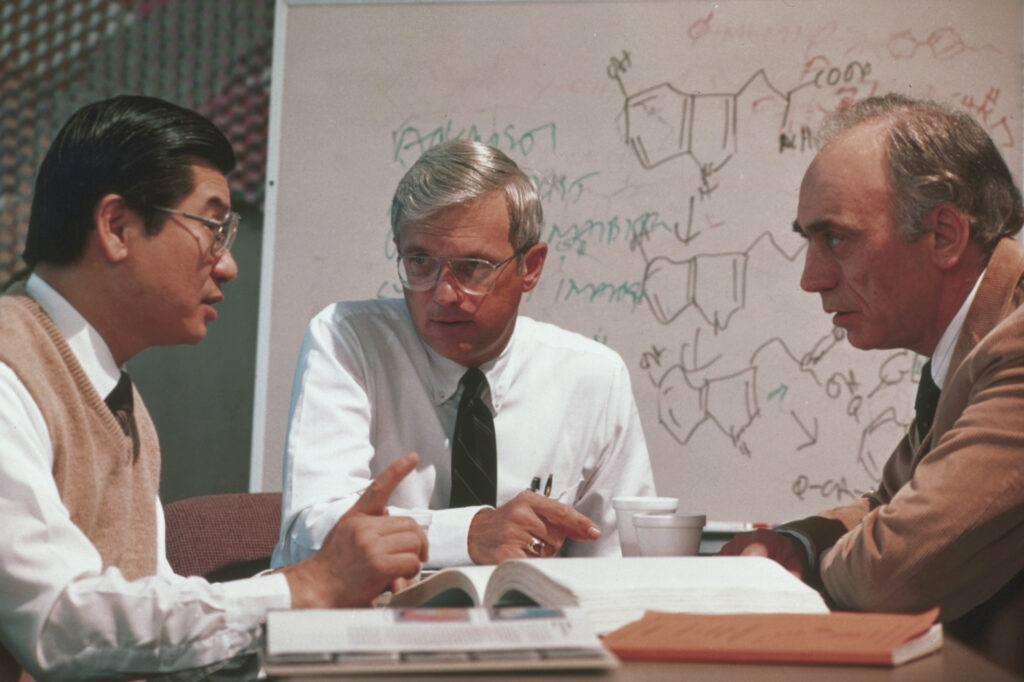
The story of Prozac begins in the 1960s, when Ray W. Fuller (1935–1996) came to work at Eli Lilly. Fuller was born and raised in Illinois. He earned a bachelor’s degree in chemistry in 1957 and a master’s degree in microbiology in 1958, both from Southern Illinois University. Fuller worked his way through college as an employee at a state mental hospital; there he developed his interest in the brain and therapies for treating mental disorders.
In 1961 he earned his doctorate in biochemistry from Purdue University. Shortly thereafter he accepted a post as director of the biochemistry research laboratory at the now defunct Fort Wayne State Hospital for developmentally disabled children. In 1963 he joined Eli Lilly as a pharmacologist and was set to work testing potential new antidepressants.
In his research Fuller had used rats treated with chloroamphetamine, which inhibited the production of serotonin, to measure the effects of other drugs on serotonin levels. Fuller believed that this method would forward research on brain chemistry and sought to entice Bryan Molloy, another Eli Lilly scientist, to this line of research.
Molloy Chooses Mind over Heart
Bryan B. Molloy (1939–2004) was born in Broughty Ferry, Scotland. He received his bachelor’s degree in chemistry in 1960 from the University of St. Andrews, and three years later earned his doctorate in chemistry from the same institution. In 1963 he came to the United States to conduct postdoctoral research at Columbia and Stanford Universities, and three years later joined Eli Lilly as a senior organic chemist. Molloy’s research interests centered on the neurotransmitter acetylcholine and its effect on the heart. Fuller suggested that he abandon his cardiac work and take up a related line of research: looking for an antidepressant that did not affect acetylcholine. A new medication with that trait would not have many of the side effects that tricyclics had.
After accepting this proposal Molloy began to research possible compounds for his project. Knowing that antihistamine research had led to some of the first antidepressants, including chlorpromazine, Molloy developed compounds whose chemical structures closely resembled those of antihistamines.
Wong Joins the Team
David T. Wong (b. 1935), another Eli Lilly researcher with an interest in neurochemistry, joined the antidepressant project in 1971. Born in Hong Kong in 1935, Wong was the son of a machinist. As a youth he was encouraged by his family to find a career helping people. He began his higher education at National Taiwan University, majoring in chemistry, and in 1957 he traveled to the United States to study at Seattle Pacific College, where he earned his bachelor’s degree in chemistry in 1960. In 1964 Wong earned a master’s in biochemistry from Oregon State University. Two years later he received his doctorate in biochemistry from the University of Oregon. He joined Eli Lilly as a research biochemist in 1968.
Fluoxetine Discovered
In 1971 both Molloy and Wong attended a lecture at Eli Lilly on neurotransmission given by Solomon Snyder, a researcher from Johns Hopkins University. Snyder had developed a technique that would prove immensely useful to the Lilly team. He had ground up rat brains, separated out the nerve endings, and created an extract of nerve endings that worked in the same way as living nerve cells.
Wong used this technique to test the effects of Molloy’s compounds, one of which was found to block the reuptake of serotonin while affecting virtually nothing else. The compound was further tested in Fuller’s chloroamphetamine-treated rat and was again found to block the reuptake of serotonin. This compound was fluoxetine.
Prozac hit the market in 1988, to much fanfare among doctors and patients alike. It was as effective as other antidepressants on the market but did not induce as many side effects. Since then Prozac has also been shown to be effective in treating other conditions, including obsessive-compulsive disorder and bulimia nervosa.

